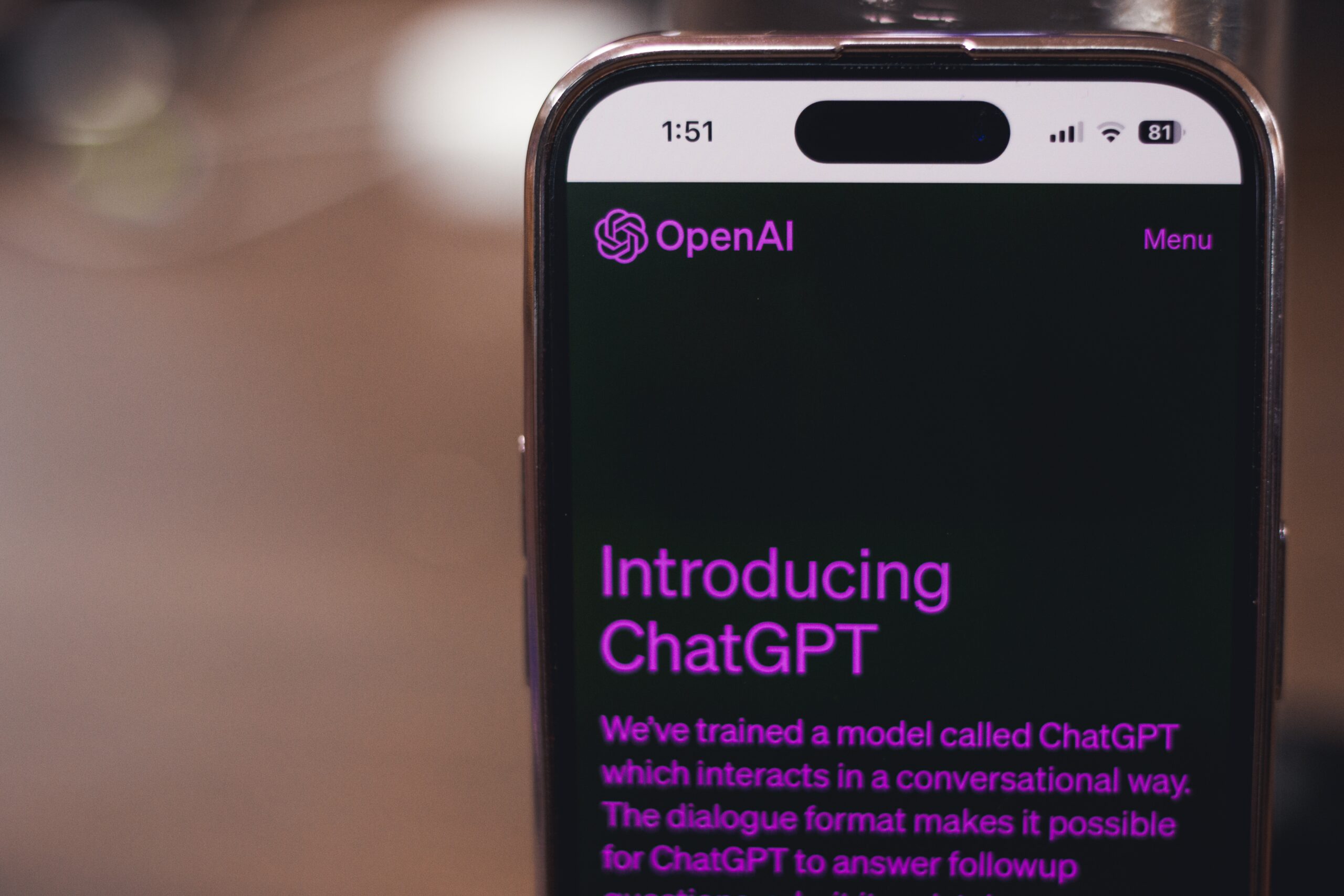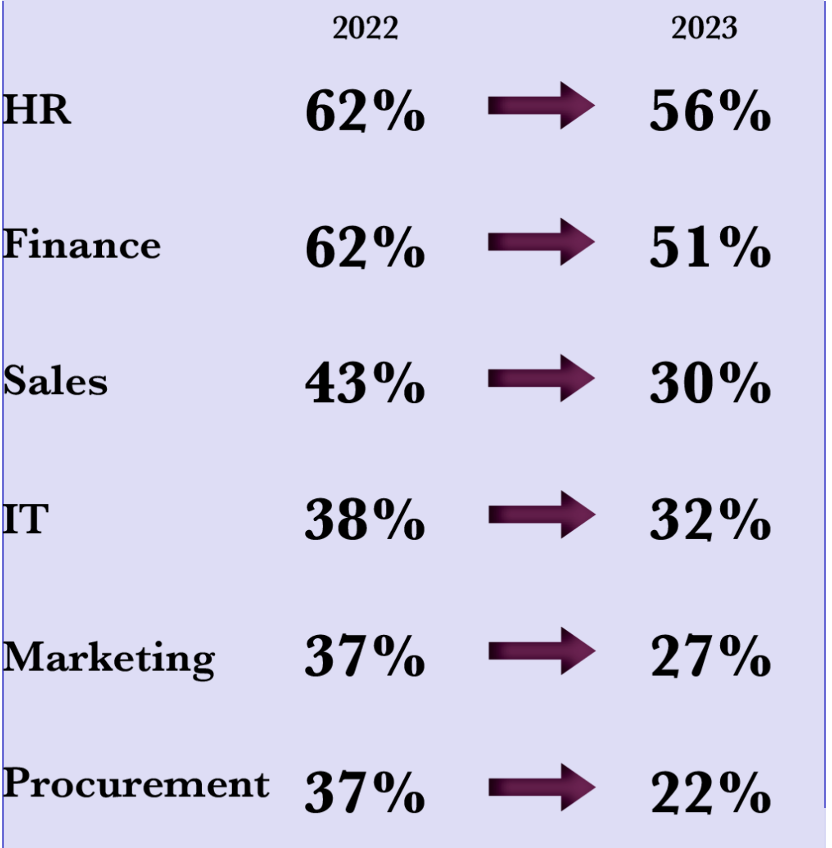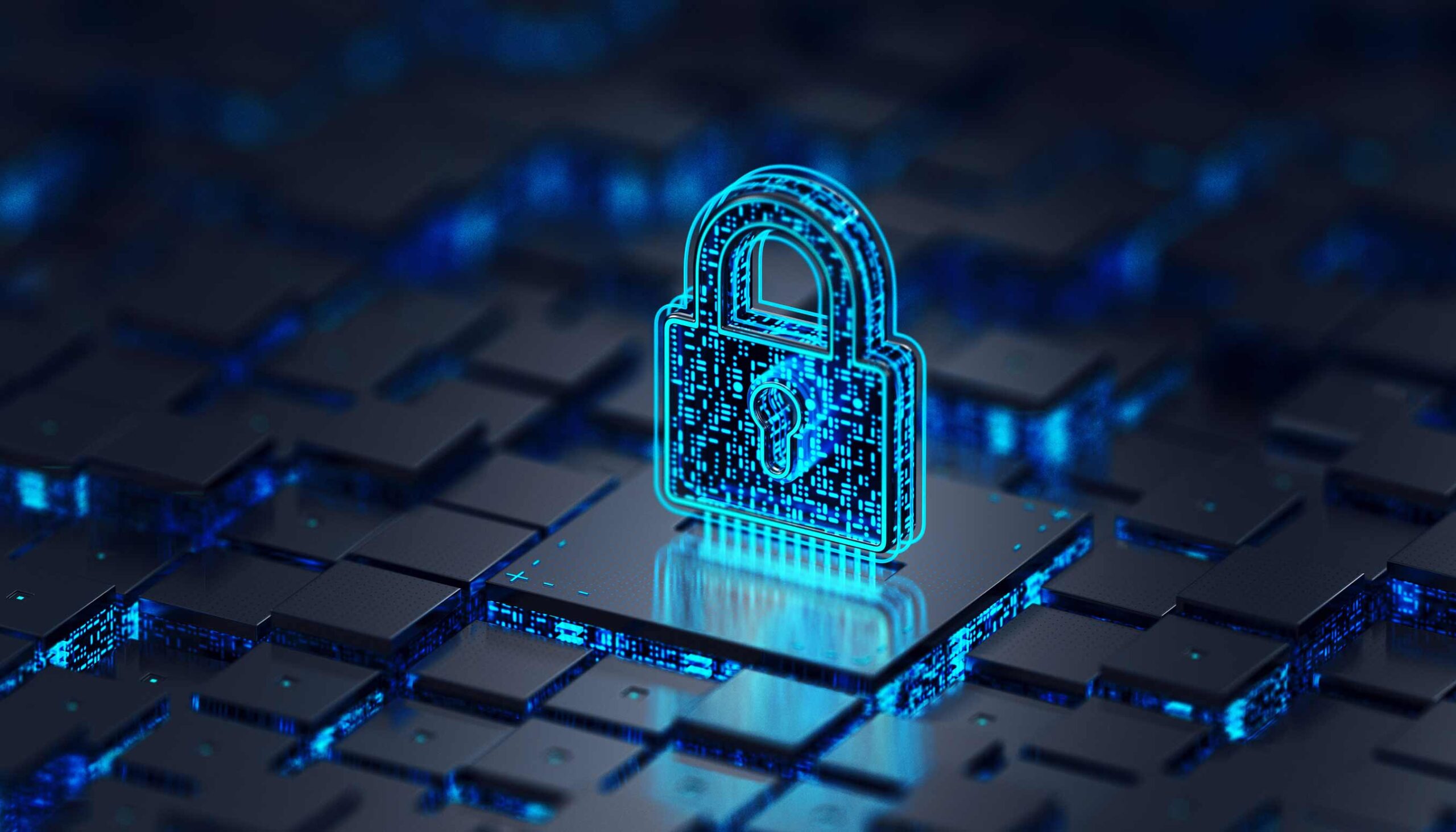
Feeling comfortable with core prompting concepts? Great — now it’s time to take the next step with integrating AI into your Legal workflows. Let’s walk through some examples to implement these skills. You can use any AI tool (ChatGPT, Anthropic) to illustrate these different prompting techniques.
Feel free to follow along by creating your own prompts, inputting them into the tool, or simply reviewing the examples provided. You can copy and paste the sample prompts into ChatGPT to test it yourself.
After each prompt, think about ChatGPT’s response and how you might refine the prompt using techniques like interactive dialogue or iterative refinement. The prompts below aim to demonstrate ways legal professionals can collaborate with AI to get the insights they need.
Exercise 1: Basic Legal Prompting
Basic Objective:
Have AI summarize a legal contract.
Contract Sample to Summarize:
“THIS AGREEMENT entered into this 1st day of January 2023, by and between Party A, a corporation organized under the laws of the State of California (‘Party A’), and Party B, a corporation organized under the laws of the State of New York (‘Party B’). Both parties agree to maintain and protect the confidential information obtained during the course of this agreement, following the confidentiality clause outlined in Section 5.”
Persona and Specifics:
You are a Paralegal assisting a lawyer, and your role is to review and summarize key points of contracts. The lawyer needs quick understanding through clear and concise summaries of the essential contract content.
Objective:
Short Summary Points: Offer short, precise summaries that illuminate the crucial contract aspects like agreement parties, confidentiality obligations, and other significant rights or duties. Summaries should be brief yet encompassing, shedding light on the contract’s main elements without over-detailing.
Constraints:
Output Length: Limit each summary point to two sentences maximum, with the overall response not exceeding 1000 characters.
Examples (Few-Shot Prompts):
Input: “A clause in the contract defines the agreement parties.”
Output: “Agreement Parties: Party A (California-based) and Party B (New York-based) are engaged in this agreement, each with distinct rights and obligations.”
Input: “Section 5 of the contract outlines the confidentiality obligations.
Output: “Confidentiality: Both Party A and Party B are bound to protect and uphold confidential
information as detailed in Section 5 of the agreement.”
Accuracy:
Ensure summaries are exact and faithful to the contract’s text, avoiding assumptions and inaccuracies. Summaries should be strictly derived from the contract information.
Format:
Summaries should be presented in a bullet-point format. Each point must have a headline followed by a brief description, ensuring easy readability and understanding even for individuals not specialized in law.
AI Task:
Given the sample contract snippet above, craft a concise summary following the objective, constraints, examples, and format detailed in the Crafted Prompt for AI. Ensure your summary accurately reflects the contract’s content, facilitating quick and clear comprehension for the lawyer you are assisting.
Follow-up questions:
• Iterative Refinement: Ask it to summarize the key points in 3 bullet points instead
of full sentences.
• Interactive Dialogue: Could you clarify the confidentiality obligations – who is responsible for maintaining confidentiality?
• Chained Reasoning: What are the consequences if confidentiality is breached? And then, have it explained based on its previous summary.
• Socratic Questioning: What factors should be considered in determining if this confidentiality clause provides adequate protection?
• Self-Reflection: Review your summary. What are 1-2 ways you could improve the clarity or conciseness?
Exercise 2: Intermediate Prompting
Basic Objective:
Generate LinkedIn posts using AI based on an IDC MarketScape report.
Report Sample to Summarize:
The IDC MarketScape report content provided as input to AI.
Persona and Specifics:
You are an Enterprise Marketer working for a leading legal tech company. Your primary role involves creating engaging content for LinkedIn, blogs, and emails to inform and attract potential clients and partners.
Objective:
Short Summary Points: Deliver succinct, engaging LinkedIn posts capturing key findings and insights from the IDC MarketScape report. The focus should be on the unique capabilities and values of your company over competitors.
Constraints:
Output Length: Each LinkedIn post should not exceed 280 characters (standard LinkedIn post length), and the overall content generated should be close to 3000 tokens to yield multiple LinkedIn posts.
Examples (Few-Shot Prompts):
Input: “The IDC report mentions the unique capabilities of the leading legal tech
companies.”
Output: “Leading in legal tech! Our capabilities stand out in the latest IDC MarketScape report. Discover how we surpass competitors! #LegalTech #IDCReport2023”
Input: “The IDC report emphasizes the importance of business values.”
Output: “Business values at the forefront! The IDC MarketScape report echoes our
commitment to integrity and innovation. #LegalTechValues #IDCInsights”
Accuracy:
Ensure LinkedIn posts capture the essence of the IDC MarketScape report without misrepresentation. The posts should strictly adhere to the report’s findings while highlighting the company’s strengths..
Format:
Posts should be presented in a casual, engaging style suitable for LinkedIn. Each post must capture attention and motivate readers to learn more about the company and the report.
Temperature:
A temperature of 1 is set to encourage the AI to generate creative content. The temperature setting influences the randomness and creativity in the generated text, with higher values resulting in more creative outputs.
AI Task:
Given the sample IDC MarketScape report snippet above, craft LinkedIn posts following the objective, constraints, examples, and format detailed in this Crafted Prompt for AI. Ensure your posts accurately reflect the report’s content and promote the company’s unique position in the legal tech landscape.
Follow-up questions:
• Iterative Refinement: Can you reduce the length of this post while retaining its key message?
• Interactive Dialogue: What were the primary findings regarding our company in the IDC report?
• Chained Reasoning: Based on our company’s highlighted capabilities in the IDC report, how do we compare to our main competitor?
• Socratic Questioning: How does the report’s emphasis on business values differentiate us in the market?
• Self-Reflection: Review the posts you generated. Are there ways to make them more engaging or relevant to our target audience?
Want to learn more about how you can unlock the true potential of AI systems (including advanced prompting techniques)? Download our full eBook entitled The Legal Professional’s Handbook: Generative AI Fundamentals, Prompting, and Applications.











